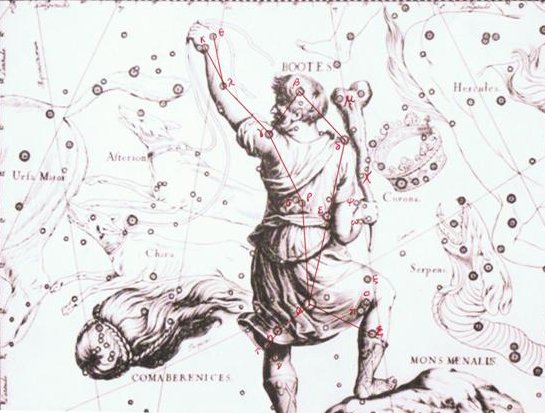Too much information from the outside world could drench the information embedded in the glyph text, could distort its meaning by adding not intended views. But the beginning of side b probably was meant to coincide with the heliacal rising of Sheratan (β Arietis) - the First Point of Aries which all true navigators would have known: "First point (or cusp) of Aries and first point of Libra are names formerly used by astronomers and now used by navigators and astrologers. Navigational ephemeris tables record the geographic position of the First Point of Aries as the reference for position of navigational stars. Due to the precession of the equinoxes, the astrological signs of the tropical zodiac where these equinoxes are located no longer correspond with the actual constellations once ascribed to them. The equinoxes are currently in the constellations of Pisces and Virgo. In sidereal astrology (notably Hindu astrology), by contrast, the first point of Aries remains aligned with Ras Hammel 'the head of the ram', i.e. the Aries constellation." (Wikipedia)
Next, I suggest, it must have been known that 4 days later, in the night of April 21, the bright (-0.05) Arcturus (α Bootis) would be close to the Full Moon (and a star to navigate from):
Arcturus was the 3rd star Alramih on Chaucer's list with 12 stars intended for the instruction of his child. The name Al-ramih is similar to that for the Archer, but Sagittarius comes ca 2 months later than Arcturus. In rongorongo times the first star in Sagittarius, Ain al Rami (The Eye of the Archer, ν Sagittarii), rose with the Sun in January 1 and 145 (= 5 * 29) days before Ain (The Eye of the Bull, ε Tauri). "Alkalurops, which appeared for Bo÷tes in the Alphonsine Tables as Incalurus, is from ΚŃλαũροψ, a herdsman's Crook or Staff, with the Arabic article prefixed; this now is our title for the star μ [Sagittarii]. The staff, ultimately figured as a Lance, gave rise to the name Al Rāmih, which came into general use among the Arabians, but subsequently degenerated in early European astronomical works into Aramech, Ariamech, and like words for the constellation as well as for its great star." (Allen)
The position of Arcturus is not at the head of the figure but at his bottom: "... Robert Recorde, the first English writer on astronomy, in 1556 mentioning in the Castle of Knowledge the 'very bryghte starre called Arcturus, which standeth between Bo÷tes his legges' ..." (Allen) | ||||||||||||||||||||||||||||||||||||||||||||||||||||||||||||||||||||||||||||||||||||||||








